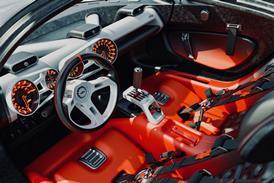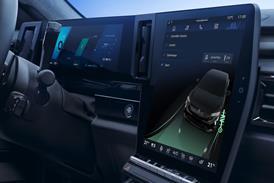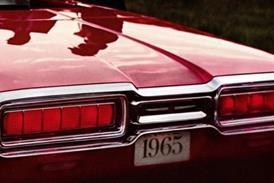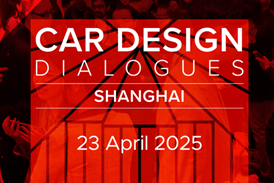CDN provides global news, insights, intelligence and connections for the world’s car design community.
Subscribe today to join this prestigious club and gain access to the latest design development news, special features, trend reports, exclusive interviews and in-depth motor show reports.




































